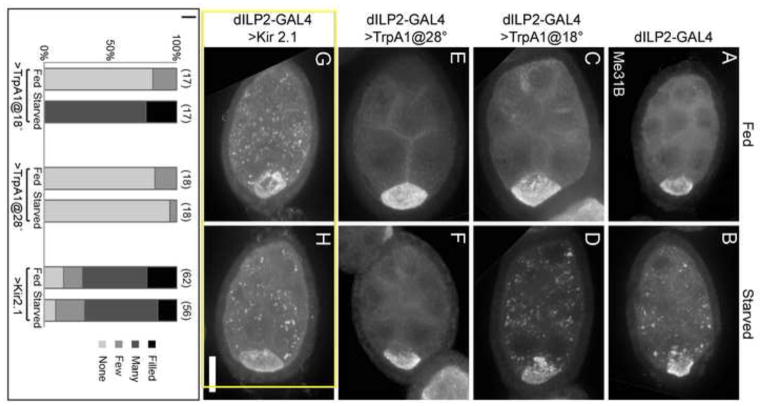Figure 2. IPC activity communicates nutrient availability to the ovary.
(A–B) Control egg chambers with dILP2-GAL4 alone form P body aggregates in response to starvation. (C–D) Control egg chambers from flies expressing TrpA1 in IPCs and cultured at 18°C respond to starvation normally with enlarged P body aggregates. (E–F) Egg chambers with increased systemic insulin due to expression of TrpA1 in flies cultured at 28°C do not form P body aggregates in response to starvation. (G–H) Egg chambers with reduced systemic dILP secretion due to expression of Kir2.1 in the IPCs form enlarged P body aggregates even in the presence of abundant food. (I) P body aggregation is prevented in starved egg chambers from flies expressing active TrpA1 (at 28°C) in IPCs, and induced in fed egg chambers from flies expressing Kir2.1 in IPCs. Aggregation scores are listed above the columns, and sample sizes are indicated in parentheses. Egg chambers were stained with Me31B antibodies. Images are Z projections of 20 1-μm slices. Scale bar is 20 μm.

